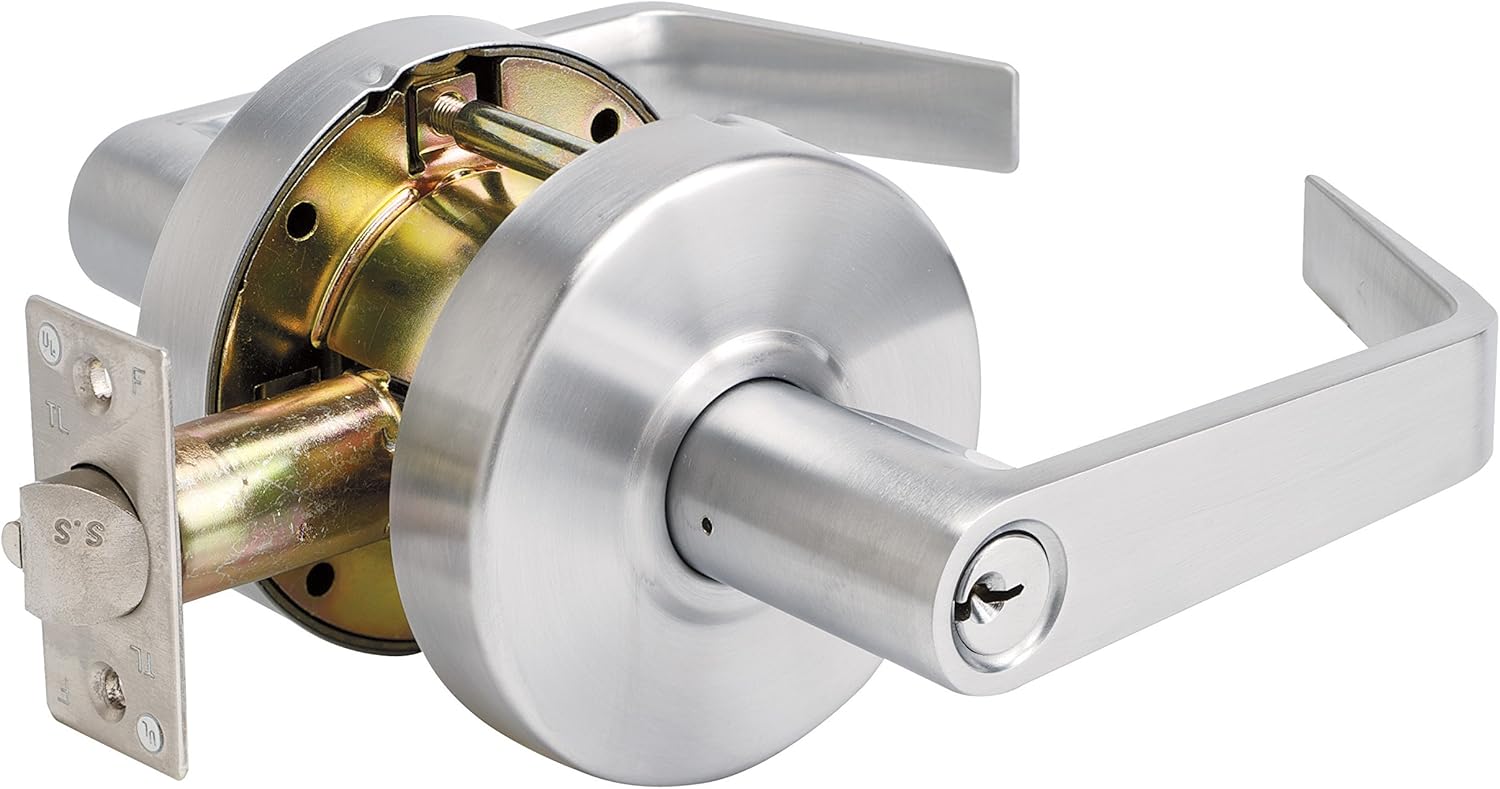Choosing the Right Lock for Your Needs: How To Pick A Bedroom Door Lock

Selecting the appropriate bedroom door lock is crucial for ensuring privacy, safety, and accessibility. While a basic lock might suffice for some, others might require more robust security features. This section will guide you through the process of choosing the right lock for your specific needs.
Security Requirements for Your Bedroom
The level of security required for your bedroom lock depends on several factors, including the value of your belongings, your personal safety concerns, and the level of privacy you desire.
- Privacy: If your primary concern is privacy, a simple deadbolt lock might be sufficient. However, if you are concerned about unauthorized entry, a more secure lock with additional features like a keyed-alike system or a high-security cylinder might be necessary.
- Safety: If you are concerned about personal safety, you should consider a lock that is difficult to pick or break. A high-security lock with pick-resistant features, such as a hardened steel cylinder or a double-locking mechanism, can provide greater peace of mind.
- Accessibility: If you need to be able to easily access your bedroom, you might consider a lock with a lever handle or a push-button mechanism. These options can be easier to operate for people with limited mobility.
Importance of High-Quality Cylinders and Pick-Resistant Features
The cylinder is the heart of any lock, and its quality is crucial for security. A high-quality cylinder is made from durable materials and features a complex design that makes it difficult to pick or break.
- Pick-Resistant Features: Many high-quality cylinders incorporate pick-resistant features, such as anti-bump pins, serrated keys, and anti-pick shields. These features make it much more difficult for a thief to pick the lock with a lock-picking tool.
- Hardened Steel: A hardened steel cylinder is resistant to drilling and other forms of physical attack. This is an essential feature for locks that are exposed to high-risk environments.
- Double-Locking Mechanism: A double-locking mechanism provides an additional layer of security by engaging multiple locking points when the door is locked. This makes it much more difficult to force the door open.
Benefits of Keyed-Alike and Master Key Systems, How to pick a bedroom door lock
For multiple doors, using a keyed-alike or master key system can be beneficial. A keyed-alike system uses the same key for all doors, while a master key system uses a single master key to open all doors and separate keys for each individual door.
- Convenience: A keyed-alike system simplifies your life by allowing you to use the same key for multiple doors. This can be especially useful for homes with multiple bedrooms, bathrooms, or other areas where you need to be able to access different rooms.
- Security: A master key system can be beneficial for security purposes. It allows a designated person, such as a landlord or building manager, to have access to all doors in a building, while individual tenants retain their own keys for their specific rooms.
Installation and Maintenance

Installing a new bedroom door lock can be a simple DIY project, while regular maintenance ensures the longevity and functionality of your lock.
Installing a New Bedroom Door Lock
Installing a new bedroom door lock requires a few basic tools and a little patience.
- Gather the Necessary Tools:
You will need a screwdriver, a pencil, a measuring tape, and a drill (if needed). - Remove the Old Lock:
Begin by removing the old lock. Use a screwdriver to remove the screws holding the lock in place. - Prepare the Door:
Measure the width of the door and the distance between the center of the handle and the edge of the door. This will help you choose the right size lock. - Install the New Lock:
Position the new lock in the door and mark the screw holes with a pencil. Drill pilot holes if necessary. - Secure the Lock:
Secure the new lock by tightening the screws. - Test the Lock:
Test the lock to ensure it operates smoothly and securely.
Maintaining Your Bedroom Door Lock
Regular maintenance can help prevent common issues and extend the life of your bedroom door lock.
- Lubrication:
Apply a small amount of lubricant to the lock mechanism to reduce friction and prevent wear. - Cleaning:
Clean the lock with a soft cloth and mild soap to remove dirt and debris. - Replacing Worn Parts:
Replace worn-out parts, such as the latch, strike plate, or key cylinder, as needed.
Troubleshooting Common Issues
There are a few common issues that can arise with bedroom door locks.
- Jammed Mechanism:
If the lock is jammed, try using a lubricant to loosen the mechanism. If the problem persists, you may need to replace the lock. - Broken Keys:
If a key breaks off in the lock, you may need to call a locksmith to remove the broken key. - Loose or Damaged Strike Plate:
If the strike plate is loose or damaged, the door may not latch properly. You may need to tighten the screws or replace the strike plate.
